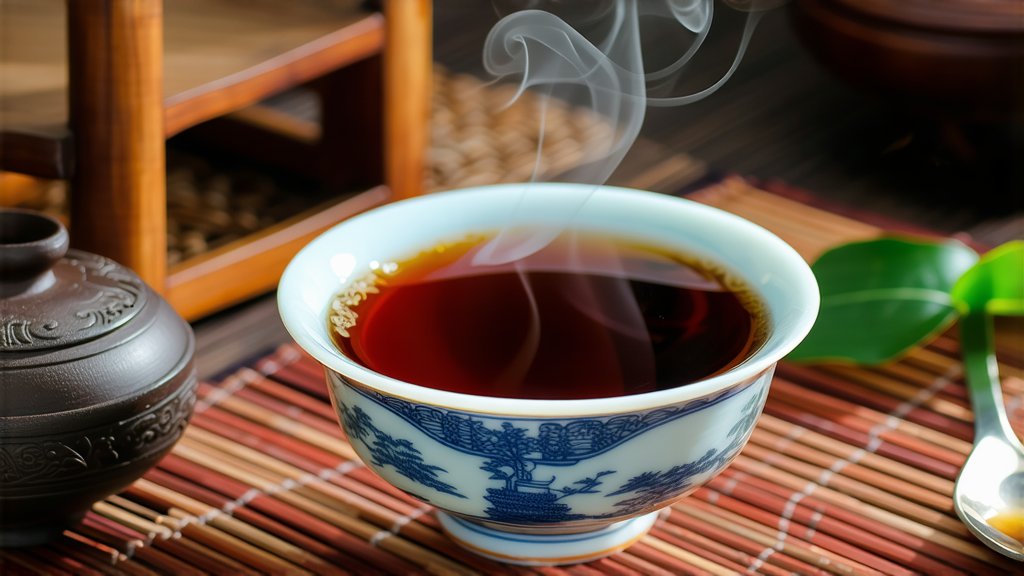
The world of tea is vast and varied, with each region offering its unique flavors and stories. Among the myriad varieties of tea that grace our palates, Keemun black tea stands out as an emblem of China's rich tea heritage. Originating from the picturesque Qimen County in Anhui Province, this tea has captivated tea enthusiasts for centuries with its distinctive flavor profile and intricate production process. In this exploration, we delve into the historical roots, diverse types, meticulous craftsmanship, and nuanced appreciation of Keemun black tea.
A Glimpse into History
Keemun tea, also spelled Qimen or Chimen, traces its origins back to the Tang Dynasty (618-907 AD), when it was first produced in the mountainous regions of Anhui. However, it gained prominence during the Qing Dynasty (1644-1912), particularly under the reign of Emperor Kangxi, who declared it the official tribute tea. This prestigious status elevated Keemun's reputation both domestically and internationally, making it a sought-after commodity along the ancient Silk Road and maritime trade routes. Its journey across continents not only spread its delightful taste but also fostered cultural exchanges between East and West.
Diverse Varieties within a Single Name
Keemun black tea encompasses several distinct varieties, each with its own character and charm. The most renowned among them are:
-
Keemun Mao Feng: Often referred to as the "Tippy Keemun," this variety features young leaves and buds, resulting in a more delicate and aromatic brew. It is prized for its golden tips, which contribute to its vibrant color and complex flavor profile.
-
Keemun Gongfu: Known for its robustness, Keemun Gongfu undergoes a more intense rolling process, enhancing its strength and body. It offers a fuller-bodied experience, suitable for those who prefer a stronger tea.
-
Keemun Hao Ya: This grade represents a balance between the two extremes, combining elements of both finesse and robustness. It provides a harmonious blend of aroma, taste, and texture, appealing to a wide range of tea connoisseurs.
Each variety showcases the versatility of Keemun tea, allowing drinkers to explore different facets of its flavor spectrum based on their personal preferences.
The Art of Craftsmanship
The creation of Keemun black tea is a testament to the skill and dedication of Chinese tea artisans. The process begins with the careful selection of Camellia sinensis var. assamica tea bushes, predominant in Qimen County due to its favorable climate and altitude. Harvesting typically occurs in early spring when the tender shoots are at their prime, ensuring maximum freshness and quality.
The freshly picked leaves undergo several stages of processing:
-
Withering: Leaves are spread out to wilt under controlled conditions, reducing moisture content and softening the cell walls for easier rolling.
-
Rolling: Using traditional stone rollers or modern machinery, the leaves are gently rolled to release enzymes and initiate oxidation. This step varies in intensity depending on the desired tea type.
-
Oxidation: The rolled leaves are left to oxidize, transforming their green hue to a deep brown. This enzymatic reaction develops the characteristic flavors and aromas of black tea.
-
Drying: Finally, the tea is dried to halt oxidation and reduce moisture content further, preserving its quality and extending shelf life.
Throughout these steps, master tea makers employ their keen senses to monitor changes in aroma, color, and texture, ensuring every batch meets the high standards synonymous with Keemun tea.
Savoring the Essence of Keemun
To truly appreciate Keemun black tea, one must engage in the art of tea tasting, known as "tea appreciation" in Chinese culture. Here’s a guide to enhance your sensory journey:
-
Observation: Begin by examining the dry leaves. High-quality Keemun should display a mix of golden tips and dark leaves, indicating proper withering and rolling.
-
Aroma: As you warm the teapot with hot water, inhale the rising steam to capture the initial fragrance. Note the subtle hints of fruitiness, floral notes, and earthy undertones that define Keemun's aromatic profile.
-
Infusion: Use freshly drawn water heated to around 90-95°C (194-203°F) for steeping. A typical ratio is 3 grams of tea per 150 ml of water. Steep for 3-5 minutes, adjusting based on personal taste and tea strength preference.
-
Tasting: Sip slowly, allowing the tea to coat your palate. Pay attention to the balance between sweetness, astringency, and aftertaste. A well-crafted Keemun will reveal layers of complexity, starting with a smooth entry followed by a lingering finish.
-
Appreciation: Take note of the tea's mouthfeel – whether it feels silky, velvety, or robust – and how it evolves with each sip. Reflect on the interplay between the tea's natural flavors and any subtle nuances introduced by the terroir and craftsmanship.
Conclusion
Keemun black tea is more than just a beverage; it embodies centuries of tradition, expertise, and passion for excellence. From its storied past to its present-day allure, this tea continues to enchant tea lovers worldwide. Whether you are a seasoned tea drinker or a curious newcomer, exploring the depths of Chinese tea culture, Keemun offers a window into the soul of Anhui's verdant landscapes and the artistry of its people. So, brew a pot, immerse yourself in the timeless elegance of Keemun black tea – a true testament to nature's bounty and human ingenuity.